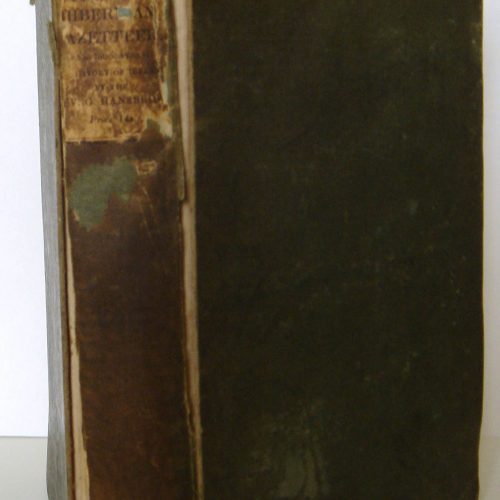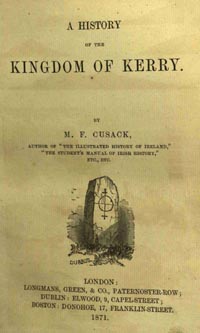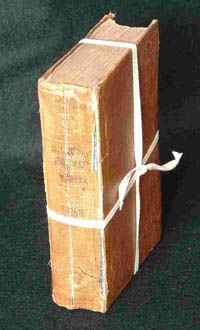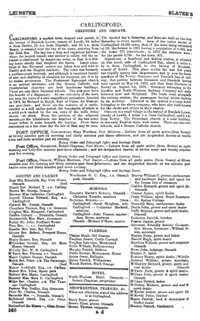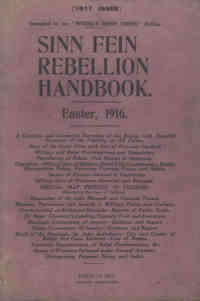Browse our range of products
Rev. G. Hansbrow, An Improved Topographical and Historical Hibernian Gazetteer, 1835
What is inside?
Research Store.
Browse our range of products that can help trace your family ancestry and learn the story of your families history and past.
